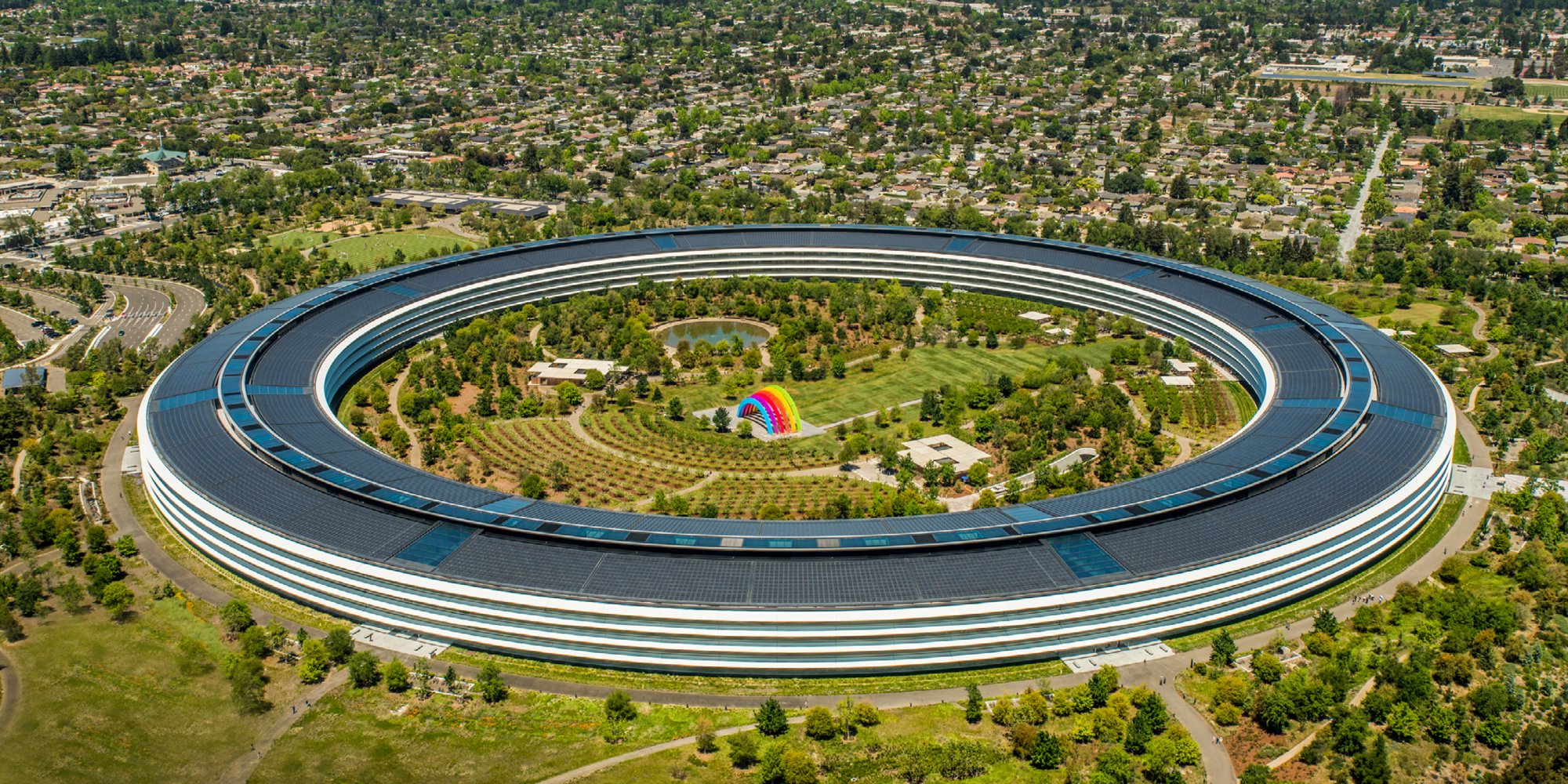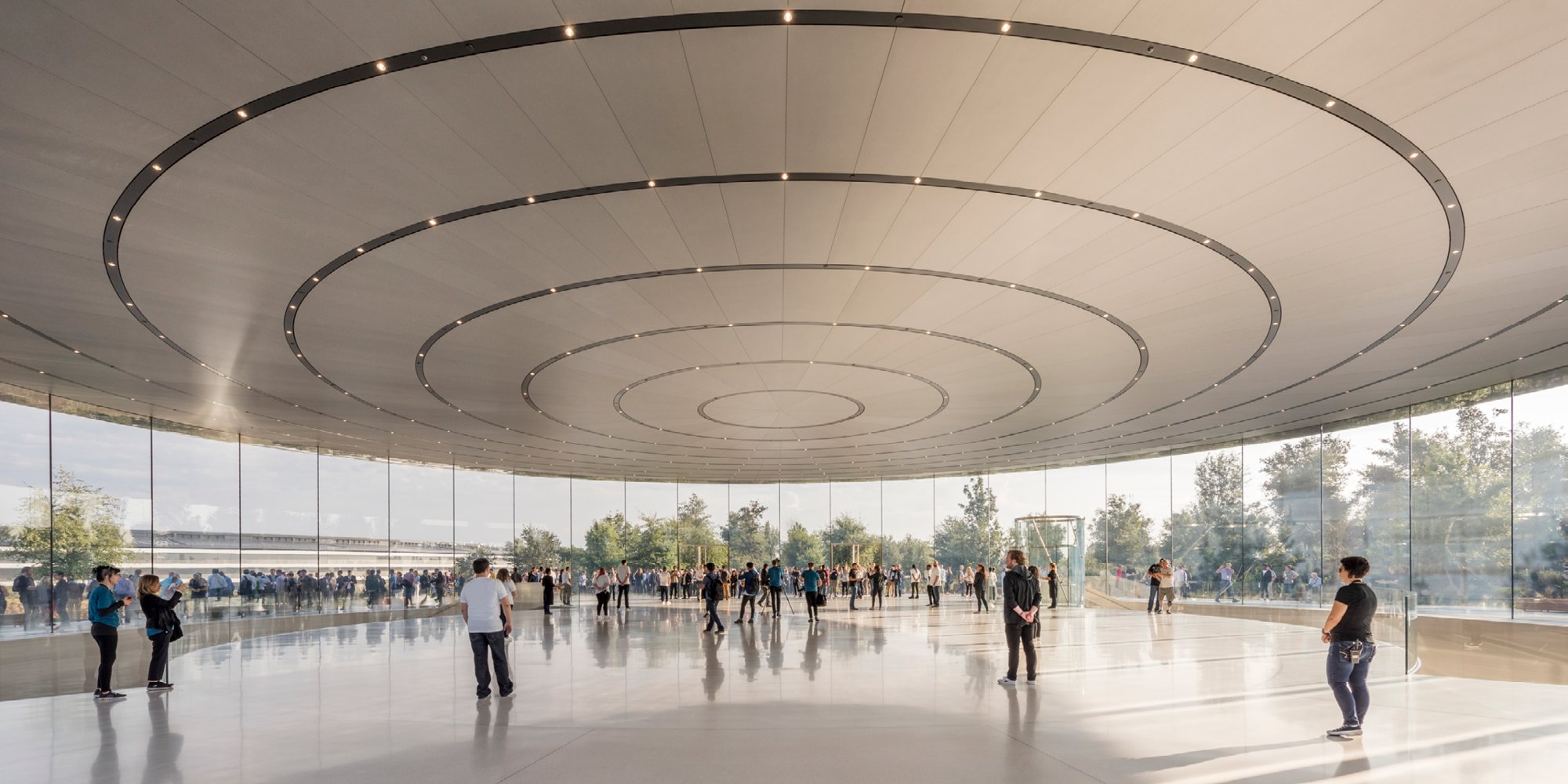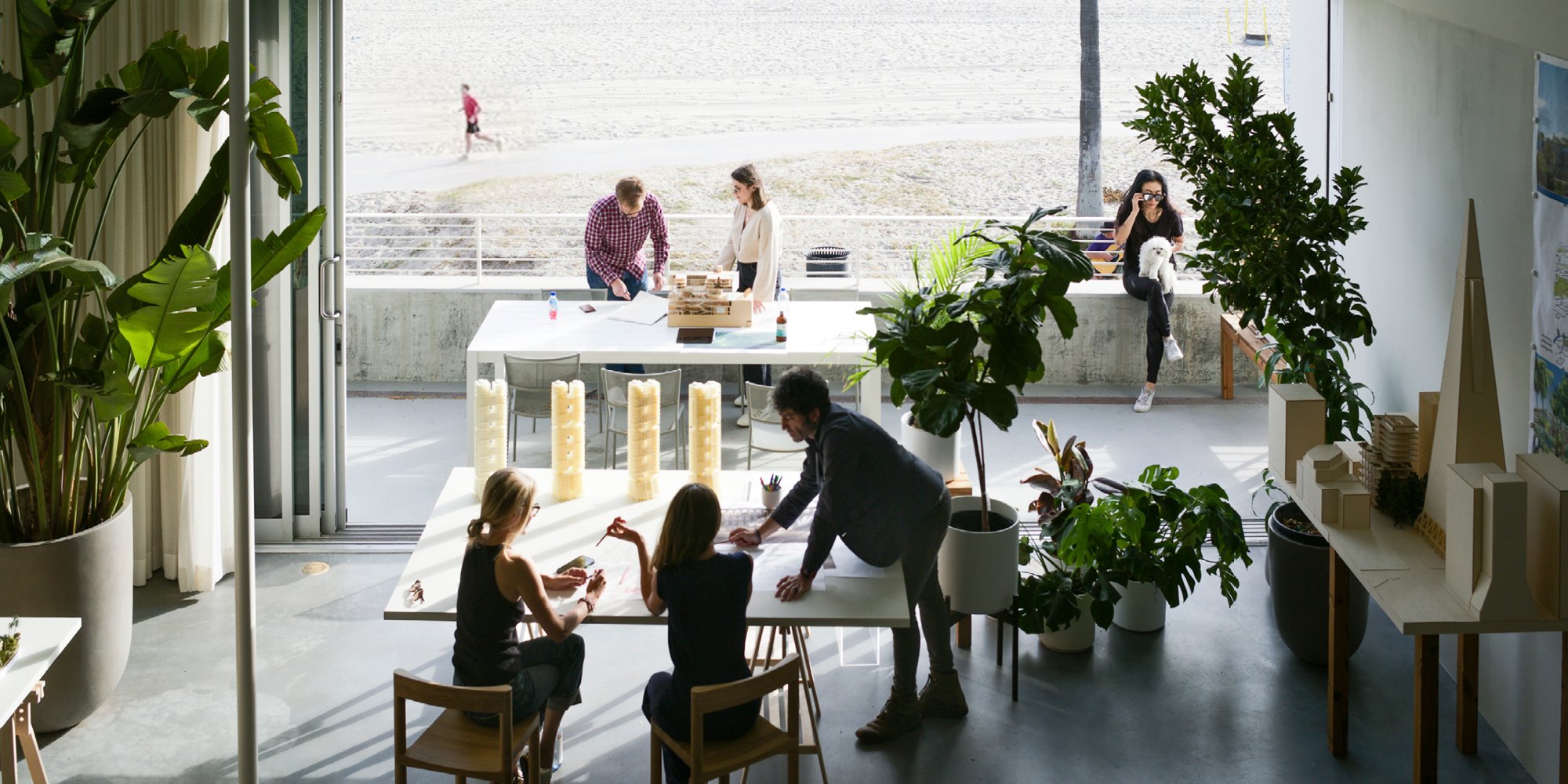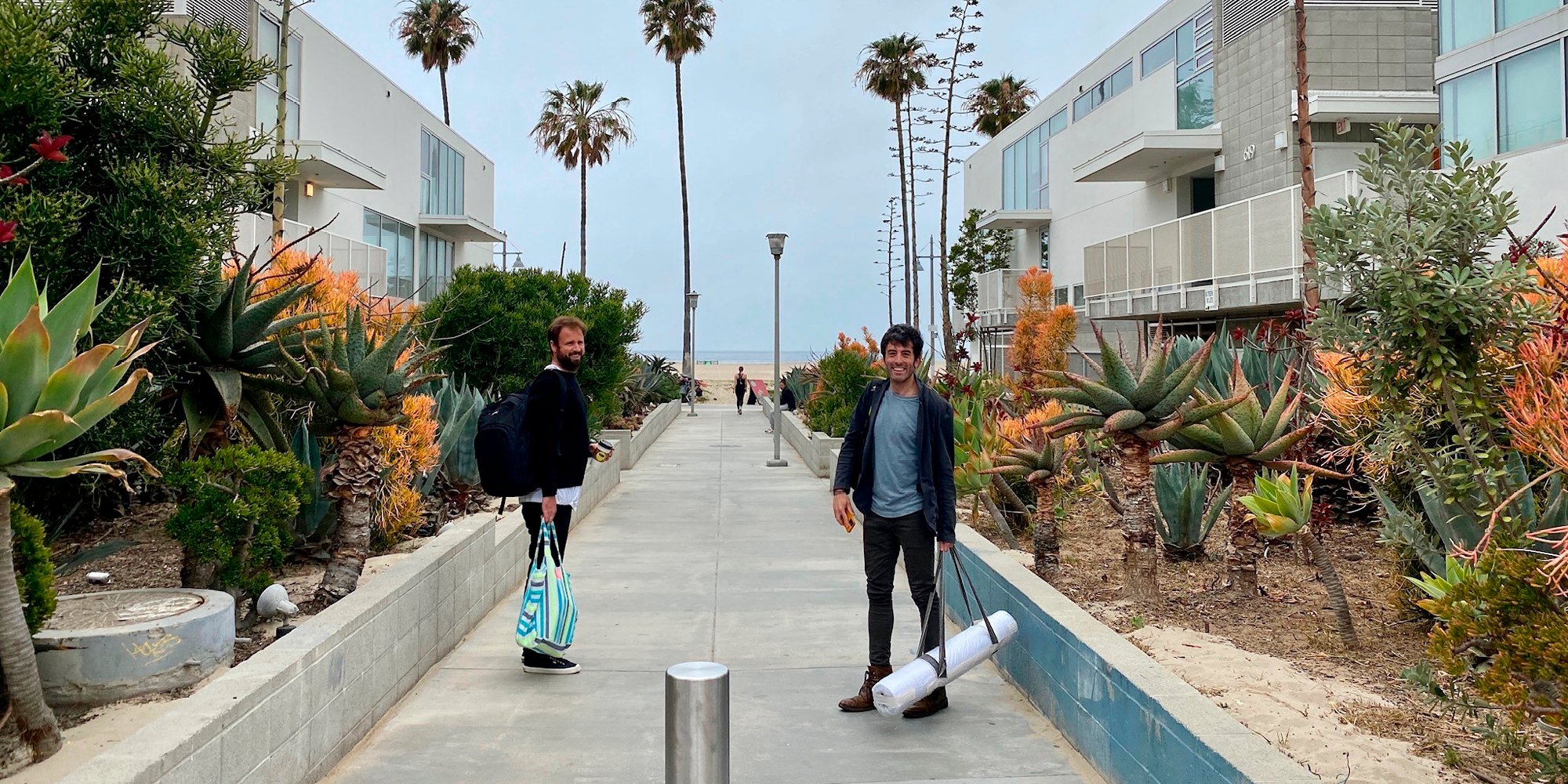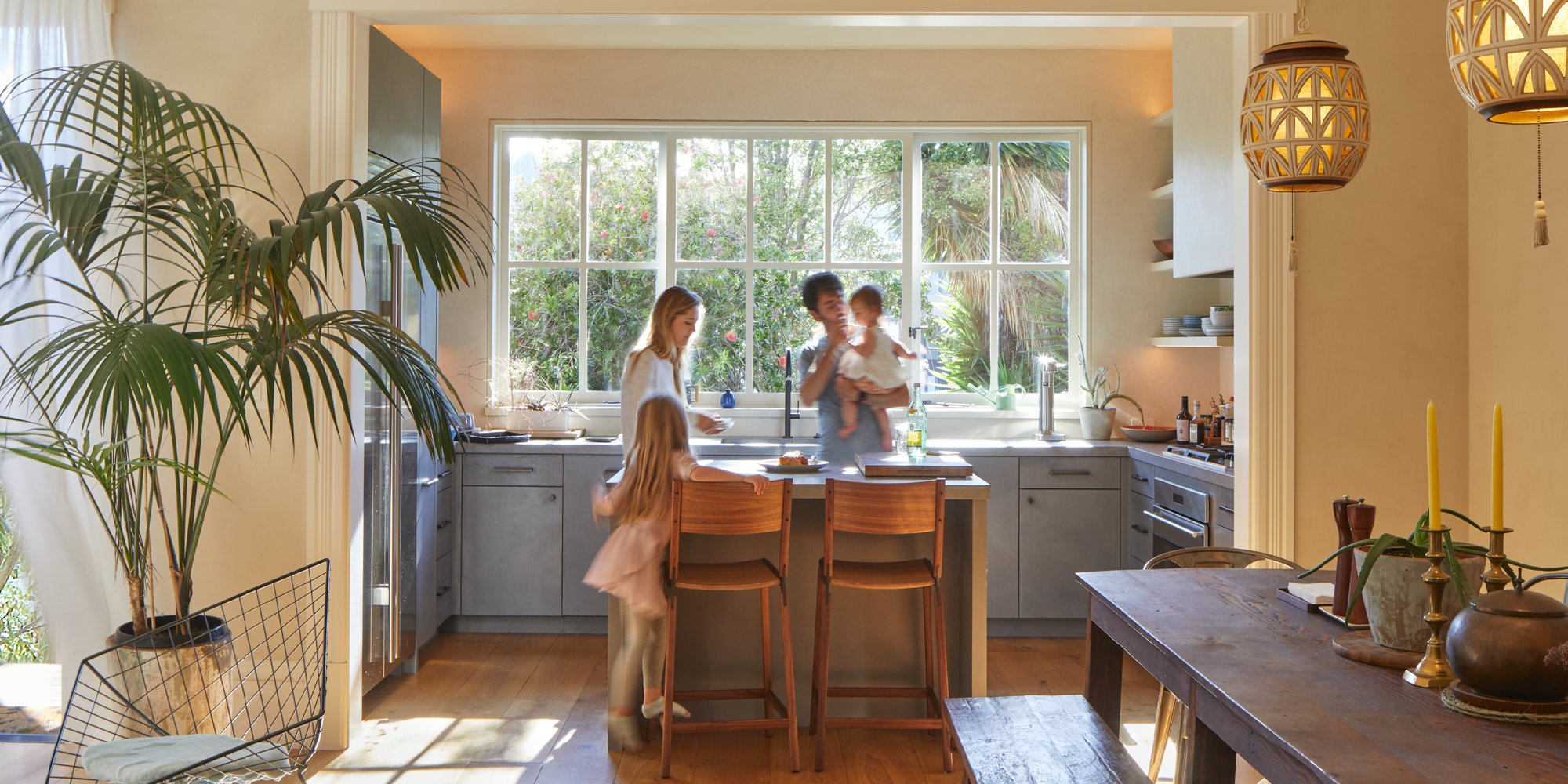Marc Guberman is a Senior Partner at Foster + Partners, who studied architecture and business at Yale University and joined the New York office in 2008. In 2011, Marc relocated to California to work on the design and construction of Apple Park in Silicon Valley. He set up the practice’s offices in San Francisco and Los Angeles, where he currently resides.
Marc tells us about his first project at Foster + Partners, the importance of wider mentorship networks, and reflects on what we might learn from Tokyo.









